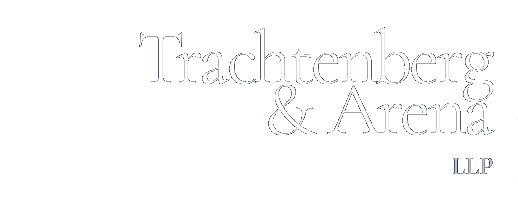Challenge
Our life settlements provider client entered into an agreement to serve as the exclusive source of life-settlement assets for a hedge fund wishing to enter this lucrative space. Several years later, the hedge fund breached the agreement – not once but twice – by sourcing life-settlement assets elsewhere and failing to pay required monthly service fees and annual profit share. After the second breach, the hedge fund went into bankruptcy.
Phase One of our representation was fairly routine. We initiated an action against the hedge fund in the Southern District of New York that promptly resulted in our client’s recovery of over $1 million of overdue monthly service fees and profit share and a reaffirmation of the hedge fund’s obligations going forward.
Phase Two proved more complicated. By the time the hedge fund breached again three years later it was facing severe financial difficulties. We again filed a complaint in the Southern District, this time seeking damages of approximately $1.5 million in service fees and $1 million in profit share. Unfortunately, our unsecured claims were dwarfed by the claims of the hedge fund affiliates’ secured creditors amounting to hundreds of millions of dollars. Shortly after the initiation of our action, the hedge fund and its affiliates filed Chapter 11 petitions in the United States Bankruptcy Court in Delaware. Rather than throwing in the towel, we brought top tier bankruptcy counsel in as consultants, filed proofs of claim and undertook an analysis to determine how our client could navigate around the claims of the secured creditors. Among the complex issues involved in the Chapter 11 proceeding were the valuation of the life settlements assets in the debtors’ portfolio and the financial interrelationships of the debtors. After analyzing the debtors’ schedules, we determined that the entities owing money to our client were merely subsidiaries or affiliates of the entities with the huge secured debts. In addition, we determined that our debtors’ assets couldn’t be distributed upstream until our client’s claims were resolved. This meant that if the debtors’ objection to our claims failed, our debtors would be required to pay our claims in full, despite the fact that the claims were unsecured, and despite the fact that they represented only a small fraction of the aggregate debts of the debtors. This gave us considerable leverage and brought the debtors’ counsel to the table. However, the secured creditors were another story. Faced with an anticipated recovery of only pennies on the dollar, believing that they had been defrauded by the debtors’ principals, and regarding anyone associated with the life settlements space as by definition a scoundrel, the secured creditors adamantly insisted that our client’s claim would be quickly rejected at trial.
Result
They were wrong. On the first day of trial the Court denied the debtors’ motion to dismiss. The following day, after hearing our client’s testimony and watching the cross-examinations of the debtors’ officials from the gallery, the secured creditors agreed that the case could be settled by means of the payment of in excess of $2 million to our client, representing the recovery of approximately 80 percent of its claim. No other unsecured creditor received anything close to this percentage of its claim.
